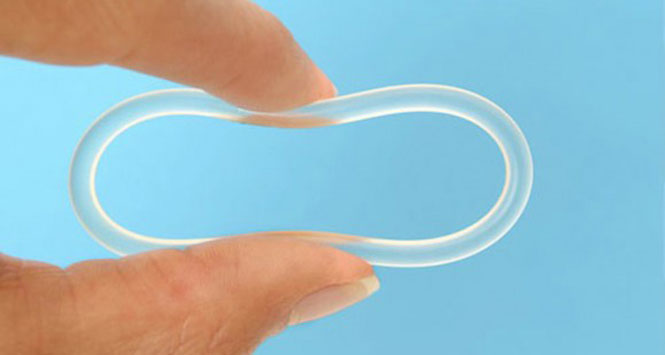What Is the Combined Vaginal Ring? 
Effectiveness depends on the user: Risk of pregnancy is greatest when a woman is late to start a new ring.
Return of fertility after ring use is stopped: No delay
Protection against sexually transmitted infections (STIs): None
Side Effects
Some users report the following:
Known Health Benefits and Health Risks
Long-term studies of the vaginal ring are limited, but researchers expect that its health benefits and risks are like those of combined oral contraceptives.
1. Left ring out for more than 3 hours during weeks 1 or 2?
Put the ring back in as soon as possible. Use a backup method* for the next 7 days.
2. Left ring out for more than 3 hours during week 3?
(Another option, if the ring was used continuously and correctly for the past 7 days: Leave the ring out and make the next 7 days the week with no ring. After those 7 days, insert a new ring, starting a new cycle, and keep it in place for 3 weeks. Use a backup method for the first 7 days with the new ring.)
3. Waited more than 7 days before inserting a new ring, or kept ring in longer than 4 weeks?
For a family planning consultation: